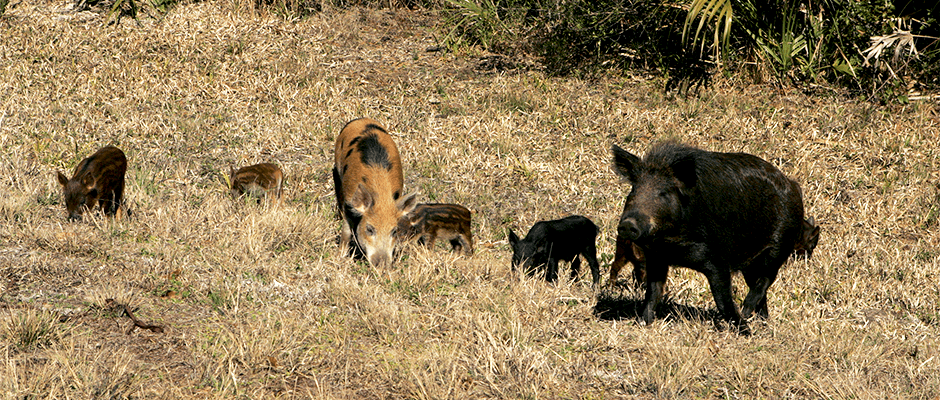Share this article
Farm Bill funds conservation and invasive species control
The recent passage of the 2018 Farm Bill creates the largest single source of federal funding for private land conservation.
The bulk of funding in the five-year, $867 billion Farm Bill goes to the Supplemental Nutrition Assistance Program, or food stamps, but it also provides price supports and subsidies for farmers and ranchers, as well as about $5 billion in conservation funding.
The final 2018 bill, signed into law on Dec. 20, comes 2 ½ months after the 2014 bill expired. Lawmakers were unable to come to an agreement on the new bill before the end of the fiscal year Sept. 30. That meant many programs were left in limbo while Congress hammered out an agreement.
Notable changes to the conservation programs in the 2018 Farm Bill include an increase in the acreage that can be enrolled in the Conservation Reserve Program, from 24 million to 27 million. While the acreage increase is significant, the new acreage cap is still far below the nearly 37 million acres enrolled at the program’s peak in 2007.
Also noteworthy is that 10 percent of funds distributed though the Environmental Quality Incentives Program will now be dedicated to wildlife conservation, providing about $200 million a year.
Funding for the Voluntary Public Access and Habitat Improvement Program, which enables state and tribal governments to increase public access to private lands for recreational opportunities
and enhance habitat for game, fish, and other wildlife, will increase by $10 million under the bill, to a total of $50 million.
The bill also makes some key policy changes. Within a year, the Agriculture Department’s Natural Resources Conservation Service is required to implement a new process intended to ensure that its conservation practices reflect current technologies and best practices.
The bill also establishes a pilot program for feral swine (Sus scrofa) eradication. The USDA estimates the nationwide population of feral pigs at more than 5 million animals, causing $1.5 billion in damage to agriculture annually. The pilot program, which will receive $75 million in funding over the 5-year life of the bill, will help farmers use trapping and other technology to control feral pigs and compensate them for crop damage caused by the animals.
The bill also includes funding to address climate change — $625 million for USDA energy programs. The funding will go towards boosting renewable energy and increasing energy efficient, and will include $50 million a year for the Rural Energy for America Program.
While the Farm Bill has been signed into law, the next step is for the Agriculture Department to determine how it will be implemented. Over the next several months, bureaus within the department will develop and publish for public comment rules implementing the bill.
Read TWS’ technical review on Fish and Wildlife Responses to Farm Bill Conservation Practices.
Learn more about TWS’ priorities for the 2018 Farm Bill.
Header Image: The 2018 Farm Bill includes funding for feral pig control and eradication. ©Steve Hillebrand, USFWS








